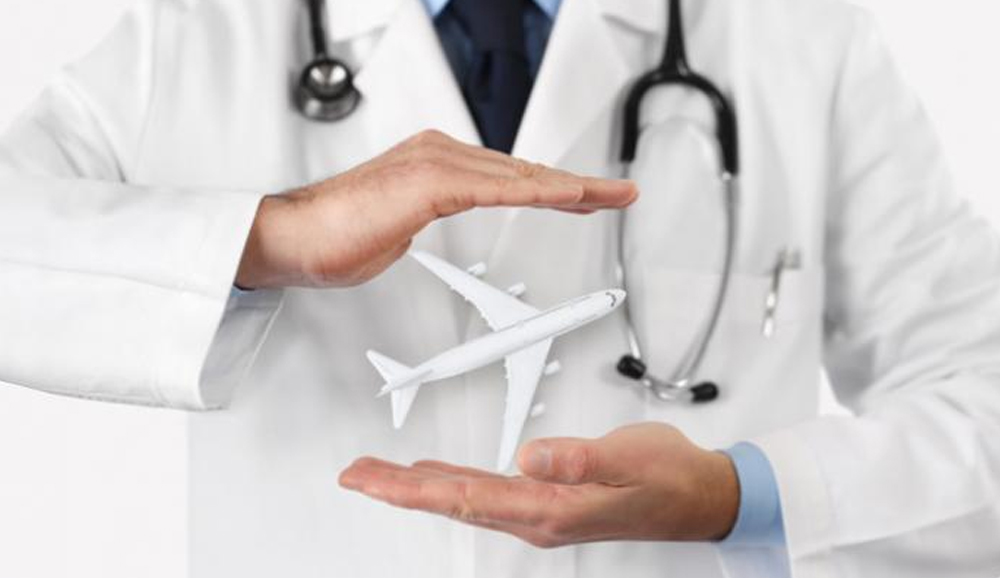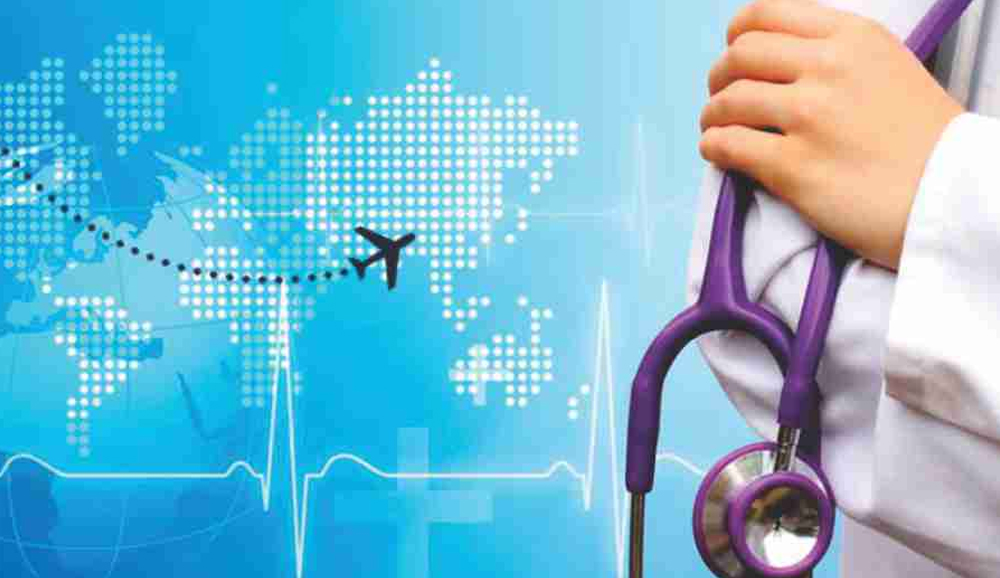
Medical Tourism can be stated as the procedure of traveling outside the country of residence for the reason of receiving medical care. Development in the acceptance of medical tourism has caught the attention of policy-makers, researchers, and the media. Initially, the term referred to the travel of patients from less-developed countries to developed nations in quest of the treatments not accessible in their own native homeland.
Today we are undergoing both qualitative and quantifiable alterations in patient mobility, as people travel from wealthier to less-developed countries in order to access health facilities. Such change is mostly influenced by the comparatively low-cost of treatments in less advanced nations, the accessibility of inexpensive flights, and improved marketing and online consumer information about the convenience of medical services.
What actually puts the word “tourism” in medical tourism conception is that people often stay in a foreign country after the medical treatment. Travelers can thus take benefit of their stay by sightseeing, taking day trips, or joining in any other customary tourism activities.
Traveling for health and wellness care has a long past. People have been traveling for periods in the name of health, from ancient Greeks and Egyptians who assembled in hot springs and baths, to 18th and 19th century Europeans and Americans who used to come to spas eager to cure diseases, like tuberculosis.
The history of medical tourism in Europe has inclined to be built around spas and seawater treatments, mainly because of the great numbers of thermal and mineral springs and sea coasts, but contemporary medical tourism or as it also being called health tourism currently usually refers to people, who travel abroad to get focused healthcare.
Cost
Medical tourism denotes a global, multibillion-dollar occurrence that is predicted to grow significantly in the next decade. For the individual concerned with health services, the cost is the vital influence involved in the verdict to receive medical care overseas.
As healthcare prices in the US and other parts of the world are unreasonably rising, many employers and insurance companies began to look at medical tourism as a way to lower them. More and more countries around the earth start to see the commercial benefits from this emerging market, so they offer exceptional medical services at particularly lower prices.
The primary aim that clinics and hospitals in the developing countries are able to decrease their prices is directly linked to the nation’s economic standing. The direct correlation with per capita gross domestic product of the country is perceived, which is an alternative for income levels. As a concern, surgery charges are from 30% to 70% less in the countries that are supporting medical tourism when paralleled to the US.
Quality
There are two chief constituents of the service value in the health care sector – technical or mechanical class and operative or practical quality. Technical equipment is at the essential of the patients’ diagnostic system, while the functional quality is measured by the service presented in the healthcare centers (such as the services of staffs, nurses and, most notably, the doctors towards the patient and their assistants). The service quality in the medical tourism industry is a vital part in drawing customers.
One of the essential barriers in accepting medical tourism is the awareness of insufficient quality. A crucial point to overcome it is using satisfactory marketing policies and quality assessment via certification from an internationally acknowledged institution. Such accreditation is fundamental for the consolidation of confidence in the quality of healthcare.
This self-assurance can be even stronger if endorsement is followed by an affiliation with trustworthy hospitals or health care systems in industrialized countries. Once healthcare providers are recognized and become a part of international referral networks, they can be appropriately regarded for threats.
Treatment types
Classifications of diverse treatments and their accessibility also symbolize an important influence in decision to contribute in medical tourism. The most common forms of processes that patients follow during medical tourism trips are elective cosmetic surgery, dentistry, organ transplantation, cardiac surgery and orthopaedic surgery.
Nevertheless, an extensive variety of services can be acquired through medical tourism, ranging from numerous vital actions to different varieties of traditional and alternative treatments. Reproductive tourism and reproductive outsourcing are mounting in reputation, which is the exercise of traveling abroad to engage in surrogate pregnancy, in vitro fertilization and other aided reproductive technology procedures.
In addition to price, other major factor accountable for the upsurge of medical tourism is access. The absence of it, either due to the unobtainability of the technology or the embargo in the home country, can subsequently result in medical tourism. The common instances are cytoplasmic transfer or stem cell therapy.

Types of Medical Tourism
Medical Tourism is a developing idea in the tourism industry. Medical tourism is the action of traveling to gain medical care. There are chiefly two categories of medical tourism. These are following as:
- International Medical Tourism
- Domestic Medical Tourism
Importance and Benefits of Medical Tourism
Medical Tourism is a unique concept in the travel and tourism industry. It plays a significant role in the tourism sector. A large number of people traveling for treatment every year. Medical tourism helps in the expansion of economy and living standards of the human civilization. Significance and benefits of medical tourism are following as:
- Hugely advantageous for economic development.
- Generates more healthcare jobs.
- Generates more healthcare services.
- Give access to the modern technologies in the medicinal sector.
- Develop the quality of life for everybody involved.
- Contributing in Global Healthcare.
- Escalation of Better Worldwide Healthcare Standards.
- Better Knowledge Interchange.
- Create Foreign Revenues.
- Social Assistances.
- Political Aids.
- Economic Welfares.
Medical Tourism Issues and Challenges
Medical tourism is facing many problems and trials. Some are following as:
- Follow-up Problems The follow-up care is very problematic in medical tourism. If a patient gets an infection or other difficulties after surgery after going to his own country, then there is not any deep-rooted follow-up care in medical tourism.
- Language Barrier: Traditional and linguistic barriers are the chief issues in front of medical tourism. If the medical staff does not comprehend the language of the patients then the whole procedure becomes tough for the patient.
- Lack of Infrastructure: People travel from the developing country to a developing country for medical treatment. These developing countries often do not have a fixed outstanding infrastructure. There are many problems like appropriate water and power supply, poor quality food and poor sanitation in hospitals.
- Lack of Professionalism: The medical staff in most emerging countries lacks competence and behavioural feature. The abilities of medical workforce like friendliness, concern, and approachability are still underdeveloped.
- Difficulties in Promotion: The developing countries are suffering from the problems of advancement of medical tourism. There is a lack of quality accreditation and parameters in hospitals and other medical service providers. There is no constant pricing and regularization of services that cause an obstacle in building customer’s faith on the services offered.
- Rule and Regulation: One of the severe concerns in medical tourism is connected to dissimilarities in law in different countries. There is no customary law in medical tourism all over the world.
- Organs Trafficking: Most of the world forbade transplant tourism because organs often come from susceptible people. However, organs can still be acquired on the black market.

